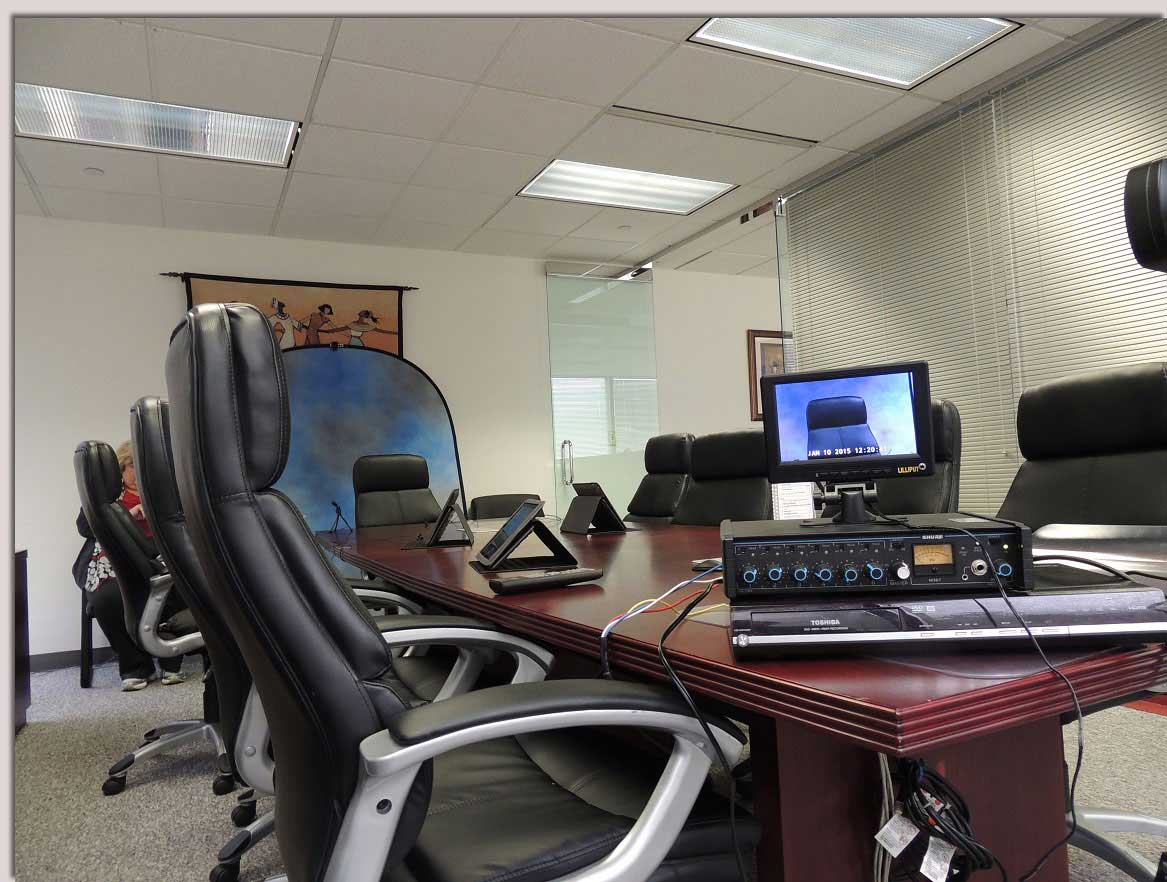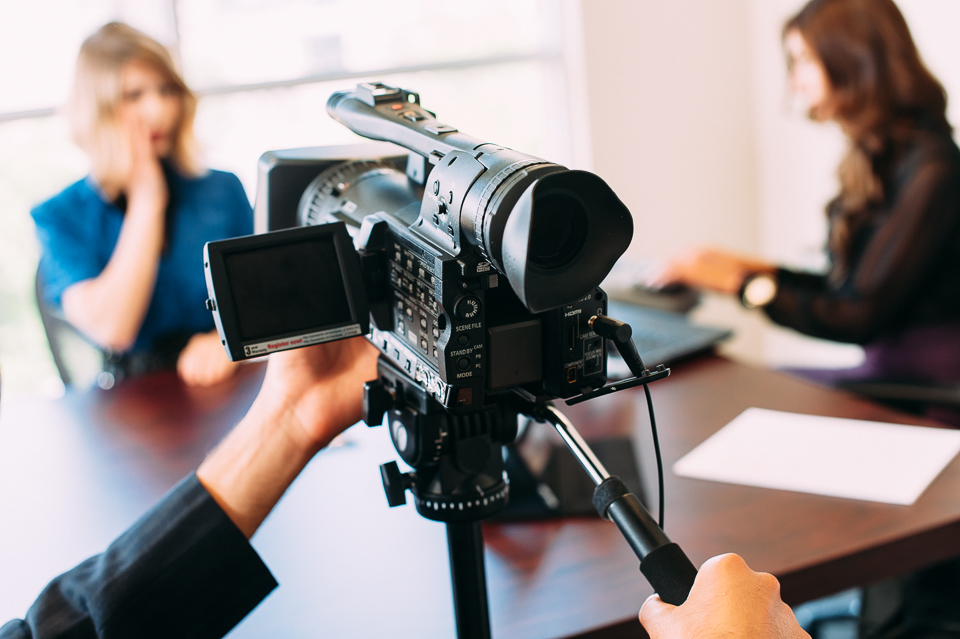Legal Videography: Changing the Means Proof is Caught and Provided
Legal Videography: Changing the Means Proof is Caught and Provided
Blog Article
Looking Into the Devices of Legal Videography: Introduction Its Operation in Shielding Authentic Aesthetic Statement for Judicial Procedures
In the realm of judicial process, the function of legal videography stands as a foundation in preserving and offering visual proof. As modern technology proceeds to breakthrough, the devices behind legal videography have become progressively complex, supplying a critical layer of authenticity to statements recorded on video.
Historic Advancement of Legal Videography
Examining the historical development of legal videography discloses a considerable transformation in the recording and presentation of visual proof within the lawful landscape. In the past, legal procedures greatly depended on composed photos and records to record events and provide proof. With the development of video innovation, the legal sector saw a paradigm shift in exactly how aesthetic testament was recorded and presented.
The evolution of lawful videography can be traced back to the late 20th century when innovations in video recording tools made it much more available for usage in courts. This technological advancement not only boosted the precision and dependability of aesthetic proof but also changed the means cases were provided to juries and judges (Legal Videography). Attorneys started to acknowledge the influential power of video recordings in communicating feelings, subtleties, and non-verbal signs that composed transcripts or pictures alone could not capture efficiently

Modern Technology Advancements in Video Clip Documentation
What key technical developments have transformed video paperwork in the legal area? The legal field has actually seen substantial improvements in video clip paperwork innovation that have actually boosted the credibility and integrity of visual proof in judicial procedures.
Furthermore, innovations in video clip security and watermarking technologies have actually strengthened the safety and security and tamper-proof nature of video proof, securing it against unapproved alterations or meddling. In addition, the development of cloud storage solutions and remote access capacities has streamlined the storage space, retrieval, and sharing of video clip proof, facilitating seamless collaboration among lawful specialists and making certain reliable accessibility to essential aesthetic testimonies when needed. These technical advancements in video documentation have actually undoubtedly transformed the lawful area, boosting the accuracy, trustworthiness, and admissibility of visual evidence in judicial process.
Role of Legal Videographers in Court Settings
The development of video paperwork modern technology in the lawful area has actually required an important function for lawful videographers in court room setups, guaranteeing the integrity and dependability of aesthetic testimonies presented during judicial process. Lawful videographers play a fundamental function in capturing and protecting precise aesthetic proof that can be essential in court cases. Their duty expands to establishing tools, recording procedures, and producing top notch videos that properly reflect the events in the courtroom.
Additionally, lawful videographers usually function closely with legal teams to make sure that the video proof aligns with the case's needs and can be effectively offered in court to sustain the lawful disagreements being made. Overall, the role of lawful videographers in court setups is indispensable in maintaining the principles of justice and ensuring the transparency of legal procedures. Legal Videography.

Ensuring Admissibility and Stability of Video Clip Evidence
To keep the credibility of visual proof provided in lawful procedures, guaranteeing the admissibility and integrity of video evidence is a crucial responsibility for legal videographers. Admissibility refers to the approval of proof by the court, and for video clip evidence to be admissible, it must satisfy specific requirements. Lawful videographers play a crucial role in ensuring that the video clips they record comply with the regulations of evidence, such as credibility, reliability, and importance.
Stability of video evidence involves keeping the creativity and precision of the video footage from the moment it is taped till it exists in court. This consists of firmly keeping the video documents, documenting the chain of guardianship, and stopping any tampering or modifications. Lawful videographers need to stick to rigorous methods to assure the stability of the video proof and stop any kind of challenges to its credibility.
Future Trends in Legal Videography
Given the increasing reliance on technology in legal procedures, lawful videographers are positioned to accept ingenious advancements shaping the future of why not find out more aesthetic testimony capture and presentation. One of the prominent patterns on the perspective is the assimilation of online reality (VIRTUAL REALITY) and boosted truth (AR) technologies into legal videography. These modern technologies have the prospective Bonuses to revolutionize just how aesthetic evidence exists in court rooms, allowing judges and courts to submerse themselves in the scene of the criminal offense or occurrence.
Additionally, making use of expert system (AI) formulas for video clip analysis is anticipated to improve the procedure of examining and analyzing large amounts of video footage. AI can assist in recognizing vital minutes, abnormalities, and patterns within video clips, enhancing the performance of lawful examinations.

Final Thought
Finally, lawful videography has played an essential function in offering genuine aesthetic proof for judicial process. With technological improvements and the proficiency of legal videographers, the stability and admissibility of video proof are made certain in important link courtroom settings. As lawful videography continues to progress, it will certainly be vital to promote standards that keep the accuracy and integrity of aesthetic testament for the future of legal procedures.
Taking a look at the historical development of lawful videography discloses a considerable improvement in the capturing and presentation of visual proof within the lawful landscape.The advancement of video documentation technology in the legal area has actually necessitated an essential function for legal videographers in court setups, ensuring the stability and integrity of visual statements presented during judicial proceedings. In addition, legal videographers frequently work carefully with lawful groups to ensure that the video proof lines up with the situation's needs and can be successfully presented in court to sustain the legal arguments being made.To keep the trustworthiness of visual evidence provided in lawful procedures, ensuring the admissibility and integrity of video proof is an important duty for lawful videographers. As legal videography continues to progress, it will be crucial to support requirements that keep the accuracy and reliability of visual testimony for the future of lawful process.
Report this page